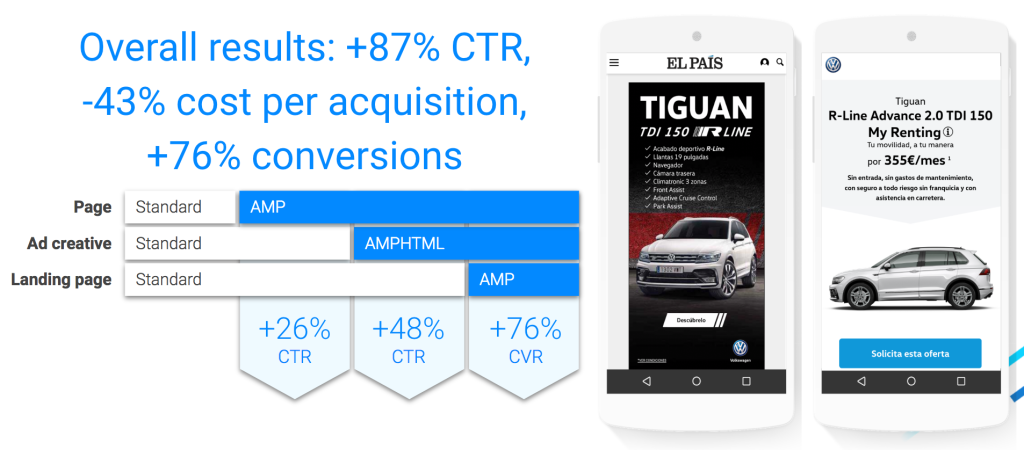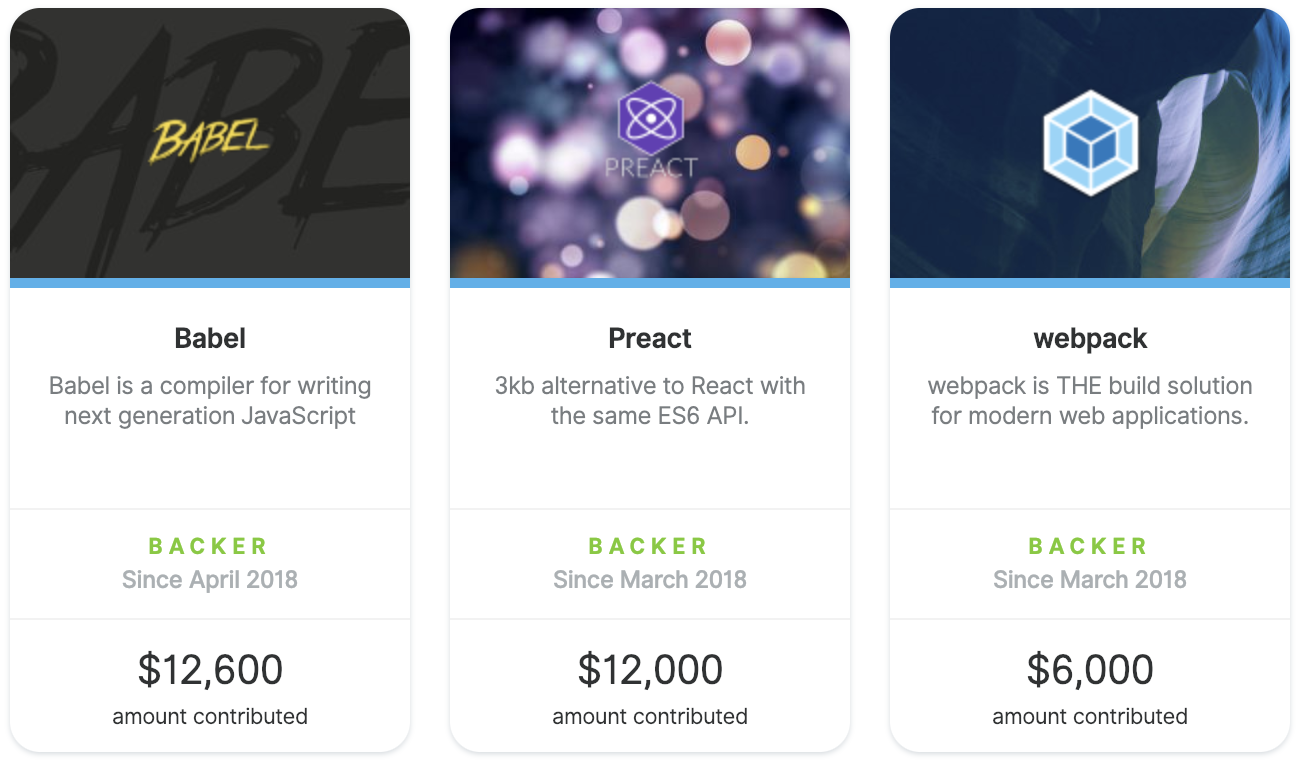The AMP Project’s mission is to enable more user-first experiences on the web, including web-based technology like email. For most of us, not much has changed in email functionality since the first time we were introduced to email. Because AMP is inherently fast and secure, we brought AMP technology to email in order to give users an interactive, real-time experience that also keeps inboxes safe.
AMP now enables all-new email experiences like being able to submit RSVPs to events, fill out questionnaires, browse catalogs, or respond to comments right within the email. Emails can also stay up to date, displaying the freshest content from comment threads or the latest recommendations.

Bringing AMP emails to major email providers
The AMP for email spec has engagement from major email providers around the world including Gmail, Yahoo Mail, Outlook.com, and Mail.Ru. As each of these providers launches support, senders will scale the reach of their AMP emails to users.
After a developer preview with top email senders, Gmail is launching general availability of AMP for Email today. You can head to the Gmail blog to see some illustrative examples of the email recipient experience. You can also check out these provider specific pages for additional information:
We aim to provide the highest quality email experiences for our consumers and we are excited to be one of the first providers to participate in the AMP for email spec. This allows us to enable fast, responsive, and high-performing experiences right within email.
– Marcel Becker, Director Product Management for Yahoo Mail
If you develop an email provider and would like to consider adding AMP for email support, you can find more information here.
Start creating AMP emails today
Email senders can begin creating AMP emails by using the playground which allows you to edit markup and see real-time changes to your email. For more information about the supported features and syntax, head over to amp.dev. It’s important to note that some providers may have sender whitelists that limit who is eligible to send AMP emails, so be sure to register with providers if that’s the case.
If you rely on a third party for your emails, please ensure they have AMP support. The following email products already support the AMP spec or in the process of launching support soon:
- SparkPost, an email delivery and analytics platform
- Litmus, an email design and marketing tools suite
- Twilio Sendgrid, an email platform for transactional and marketing emails that is used by over 80,000 companies.
- Amazon SES and Amazon Pinpoint, cloud-based email sending and analytics services for transactional and marketing emails
- More are in progress, so contact your email service providers to find out if they support AMP email
AMP emails are designed to be compatible in the current email ecosystem with the introduction of a new MIME part. This design allows emails to fall back to HTML if a provider or email client doesn’t support AMP emails yet—learn more about the spec and recommended guidelines.
New AMP email working group
To make AMP the best user-friendly email experience, we need your help to contribute to its direction. This is why we created the AMP for email working group under AMP’s governance model, a way to channel feedback from senders and providers to support ongoing spec improvements.
The two goals of this group are to:
- Increase email provider knowledge sharing to promote higher cross-provider compatibility of sender emails
- Channel community feedback to senders and providers to support ongoing innovation of the spec
If you are an email provider, sender or would simply like to get involved in the AMP for Email working group, you can file discussion issues on the ampproject/wg-amp4email repositoryor come chat with us at #wg-amp4email on Slack.
With the email spec being open source, strong multi-vendor support, a gradual migration strategy, and an open working group to have everyone’s voice heard, we’re looking forward to building a better email experience for everyone.
We look forward to your involvement!
Posted by Vamsee Jasti, Product Manager, AMP Project










